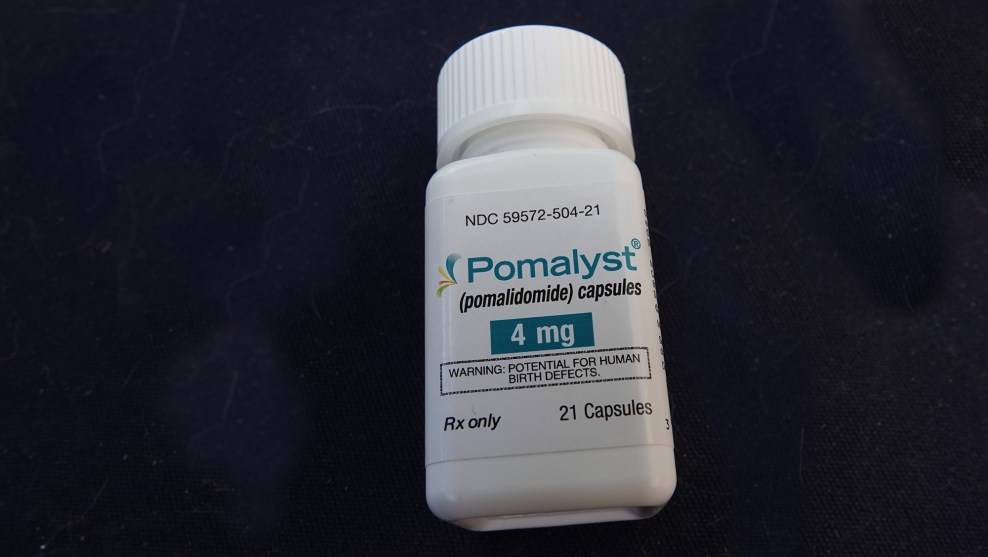
Kevin Drum
Today, LA Times columnist David Lazarus answers a question I’ve been curious about for some time: where do the generic names for drugs come from? For example, the two chemo drugs I take are Pomalyst™ and Darzalex™, aka pomalidomide and daratumumab. But where do those generic names come from?
The answer, it turns out, is two women who work for USAN, the United States Adopted Names program. Stephanie Shubat explains how they come up with generic names for pharmaceuticals:
Shubat said this is done primarily by assigning uniform “stems” to drug names — that is, drugs with similar structures or purposes will have similar-sounding names, or parts of their names. The anti-anxiety drug lorazepam, for instance, would share “azepam” with similar medications; cortisone derivatives would have “cort” somewhere in their generic name.
The artistry comes in the assignation of a prefix, Shubat said. Unlike with celecoxib, the prefix shouldn’t hark back to the name-brand drug. Nor should it be potentially offensive in any language….She also said USAN will put the kibosh on generic names that include the letters W, K, H, J and Y, because they could create confusion abroad for non-English speakers with different pronunciations….“Sometimes I look at license plates for new prefix ideas,” Shubat confided. “Sometimes I borrow from the names of cats or dogs.”
I figured out the “stem” part of this long ago, since similar drugs usually have identical stems. But I could never make any sense out of the stuff before that. I always figured it must have something to do with the specific chemical compound, but boy was I wrong. It comes from license plates and cat names. Yeesh.
However, I’m curious about Shubat’s claim that they no longer allow generic names that are too similar to the trademarked name. Take a look at the two chemo drugs I use. Both of them borrow the first three letters of the trademark name as the first three letters of the generic name. Apparently the pharmaceutical folks are trickier about getting their way than Shubat thinks.















